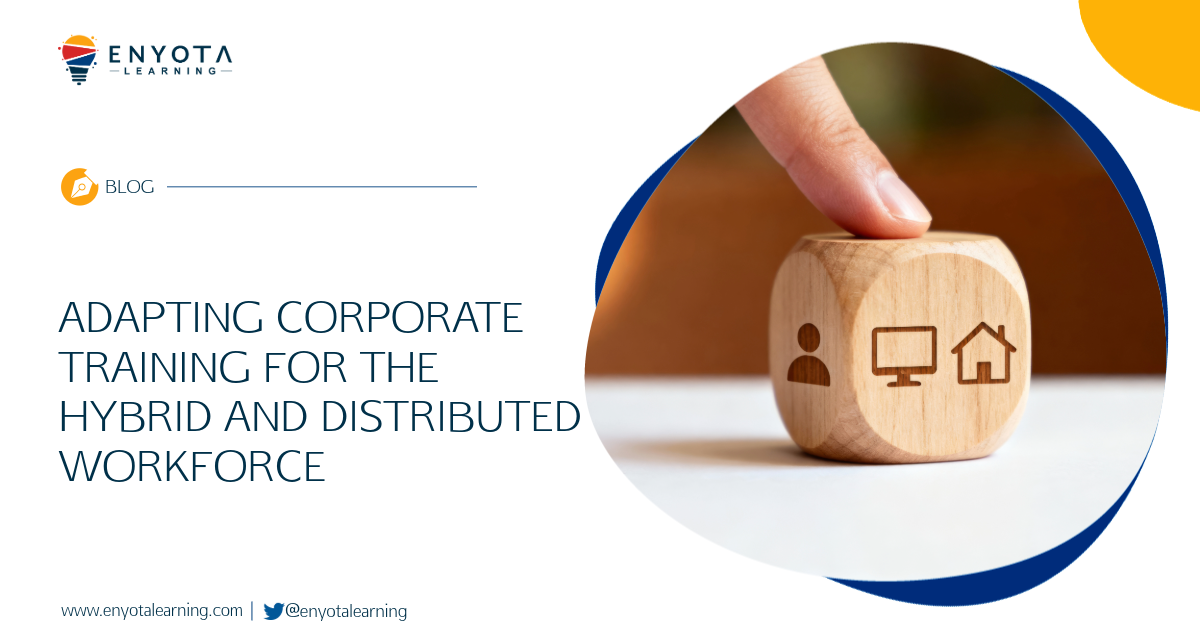Welcome back to the second installment of our blog series on offshore outsourcing of eLearning development. In the first part, we explored the tactical perspective, which focuses on immediate needs and short-term objectives. In this part, we will delve into the strategic perspective, which takes a long-term approach to outsourcing and aligns it with an organization’s broader goals and vision.
What a Strategic Perspective Looks Like
Strategic outsourcing in eLearning development involves a comprehensive, forward-thinking approach. It’s about more than just addressing immediate project needs – it’s about building a sustainable framework that supports your organization’s long-term growth and success.
Self-examination/analysis of previous issues and challenges
To adopt a strategic perspective, organizations must first analyze past challenges and issues in their eLearning development processes. This introspection helps identify recurring problems and areas that require improvement. By learning from past mistakes, you can make informed decisions about outsourcing strategies.
Making up your mind about the scale of your organization
Understanding the scale and scope of your organization is essential. Are you a small startup with limited resources or a large enterprise with diverse eLearning needs? Your scale will determine the extent of your outsourcing strategy and the types of partnerships you should consider.
Making up your mind about core skills vs. ancillary skills
Identifying core skills that define your organization’s unique strengths is crucial. These are skills that set you apart from competitors and align with your core competencies. Ancillary skills, on the other hand, are necessary but don’t define your distinctiveness. Strategic outsourcing involves focusing on strengthening core skills and outsourcing ancillary ones.
What do you want to keep internally and what do you wish to outsource?
Strategic outsourcing is not an all-or-nothing approach. It’s about finding the right balance between in-house capabilities and external resources. Determine what functions are best suited for internal teams and what can be effectively outsourced to specialized partners.
What are the goals of your organization?
Clearly defined organizational goals play a pivotal role in shaping your outsourcing strategy. Are you aiming for rapid expansion, cost reduction, or enhancing product quality? Align your outsourcing decisions with these overarching goals.
What is nice to have? What is need to have?
Distinguishing between nice-to-have and need-to-have elements is crucial in strategic outsourcing. Focus on outsourcing what is essential to achieving your goals while considering optional features as secondary.
Getting buy-in from your team on vision
For a strategic outsourcing approach to succeed, it’s essential to get buy-in from your internal team. Communicate the vision behind outsourcing, emphasizing how it benefits the organization and its employees. A shared vision creates alignment and enthusiasm among team members.
Putting the right people in charge of vendor projects with specific skills
Selecting the right individuals to manage vendor relationships is critical. Ensure that these individuals possess the necessary skills to oversee the partnership effectively. They should be adept at communication, project management, and vendor collaboration.
24/7 development cycle
Global outsourcing often enables a 24/7 development cycle, allowing work to continue around the clock. This can significantly accelerate project timelines and enhance efficiency.
Prototype and proof of concept
Strategic outsourcing may involve developing prototypes or proof of concepts with external partners to validate ideas before committing to full-scale development. This reduces the risk of investing in unproven concepts.
Focus on core competencies
Strategic outsourcing encourages organizations to focus on their core competencies and delegate non-core functions to experts in those areas.
Partner vs. vendor
In a strategic outsourcing relationship, you treat your outsourcing partners as strategic collaborators rather than mere vendors. This mindset shift fosters a deeper and more meaningful partnership, allowing you to leverage the relationship in more ways than one (meaning finding more avenues where you can upgrade/revamp your training set up).
Building relationships vs. transactional multi-vendor approach
Strategic outsourcing emphasizes building long-term relationships with a select group of partners rather than adopting a purely transactional multi-vendor approach. Building relationships leads to better understanding and alignment over time.
Conclusion
Embracing a strategic perspective in eLearning development outsourcing requires careful planning, introspection, and a clear vision for the future. If you’re ready to take your eLearning projects to the next level and align them with your organization’s long-term goals, reach out to us for a consultation.
In Part 3 of this series, we will explore the practical steps to implement a successful strategic outsourcing strategy. Stay tuned for more insights and guidance on optimizing your eLearning development processes.




